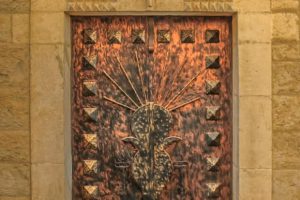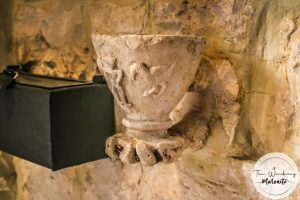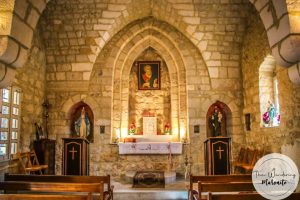Overview
Map
Other Details
كنيسة مار بطرس
Aabdine
Bcharre
North
كنيسة مار بطرس - عبدينبدأ بناء الكنيسة بسعي الخوري مخايل العلم وبمساعدة إخوته، حوالي سنة ١٨٩٣، وكان الفراغ من البناء سنة ١٩٠٠ كما ورد في محضر الزيارة الرعائيّة لجبّة بشرّي. نُقش الشعر على مدخلها سنة ١٩٢٣. في الكنيسة لوحة لمار بطرس من عمل جوزيف العلم تعود الى سنة ٢٠٠٥.The church of St Peter - AbdynThe church was built by the aid of Fr Michael El Alam with the help of his brothers in 1893. It was achieved in 1900 according to the pastoral visit record of Bcharre’s area in the same year. A poem was engraved on the frontal portico in 1923. The church holds a painting of St Peter by Joseph El Alam dating back to 2005.
Visited 2190 times, 1 Visit today

















Reviews are disabled, but trackbacks and pingbacks are open.